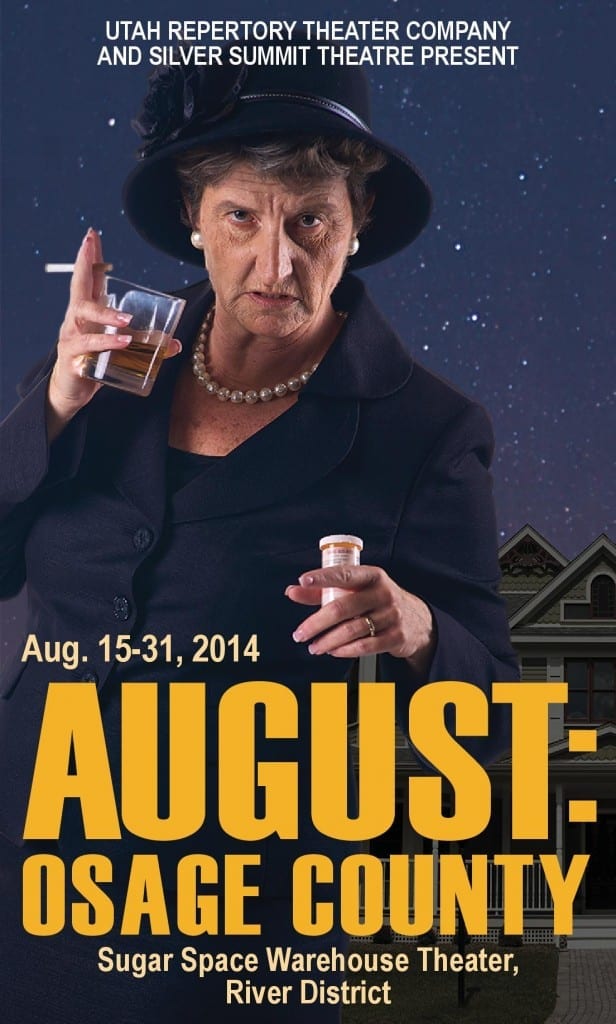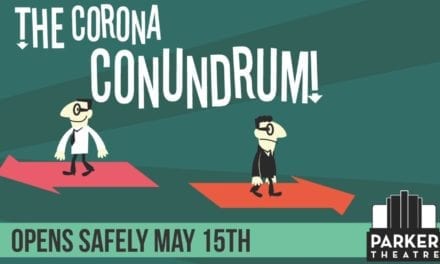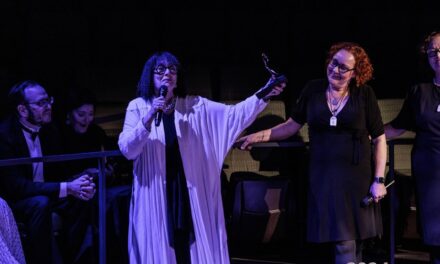Bryan Johnson wrote in several months ago, asking a question that I receive very frequently:
Have you at UTBA considered adding a rating (such as 5 stars, letter grade, etc.) on the shows you review?
Actually, in UTBA’s earliest days we did give ratings to shows. You can find examples for Tartuffe, The Importance of Being Earnest, and April Ann. However, we quickly found that this rating system didn’t work for a few reasons.

Should UTBA grade shows the way teachers grade papers? Image source.
First, a rating implies that there is a straightforward ranking of productions, which I don’t believe is the case. Productions can be better (or worse) than other productions in many different ways. Play #1 may have a better script, but play #2 may have better costumes. Which one should get the higher rating? Ratings oversimplify the nature of the plays UTBA reviewers see and the reactions that audience members have to them.
Second, we encourage our reviewers to judge shows on a relative scale, not an absolute scale. In other words, we judge whether an amateur show is good by the standards of an amateur show. Likewise, we judge professional theatre companies by the standards of professional theatre companies and budgets. When readers consider that productions aren’t judged by the same criteria, the picture becomes much more complicated. A simple numerical rating system starts not to make sense. After all, how stupid will UTBA look if a local arts council’s musical is rated as higher than Pioneer Theatre Company’s productions?
Ironically, I make my living as a quantitative psychologist—a person who measures and quantifies psychological traits. In other words, I have been trained to slap numbers onto human behaviors. If anyone would be a proponent of rating plays, then it should be me. However, I think that an artistic experience is (or should be) so rich and multidimensional that it cannot be collapsed into a simple numerical rating. Rather, the best way to describe and respond to a play is in a similarly rich and multidimensional way—in other words, in a review.
To close, I feel the need to quote from Frank Rich, the theatre critic for the New York Times from 1980 to 1993, who addressed the same question as follows:
The lowest form of criticism—actually worthless, in my opinion—is, “I give this an A or an F, or I give this four stars. What matters is making the case for why Stephen Sondheim‘s Sunday in the Park with George is a visionary show. The easy part is having the opinion. The fun part is telling the story of how you got there. Anyone can say, “I went to King Lear and I cried,” or “I went to The Odd Couple and I laughed.” The creative aspect is looking at all the elements, all the moving parts, to see how they fit together, and trying to crack the puzzle of how it produces that effect.





